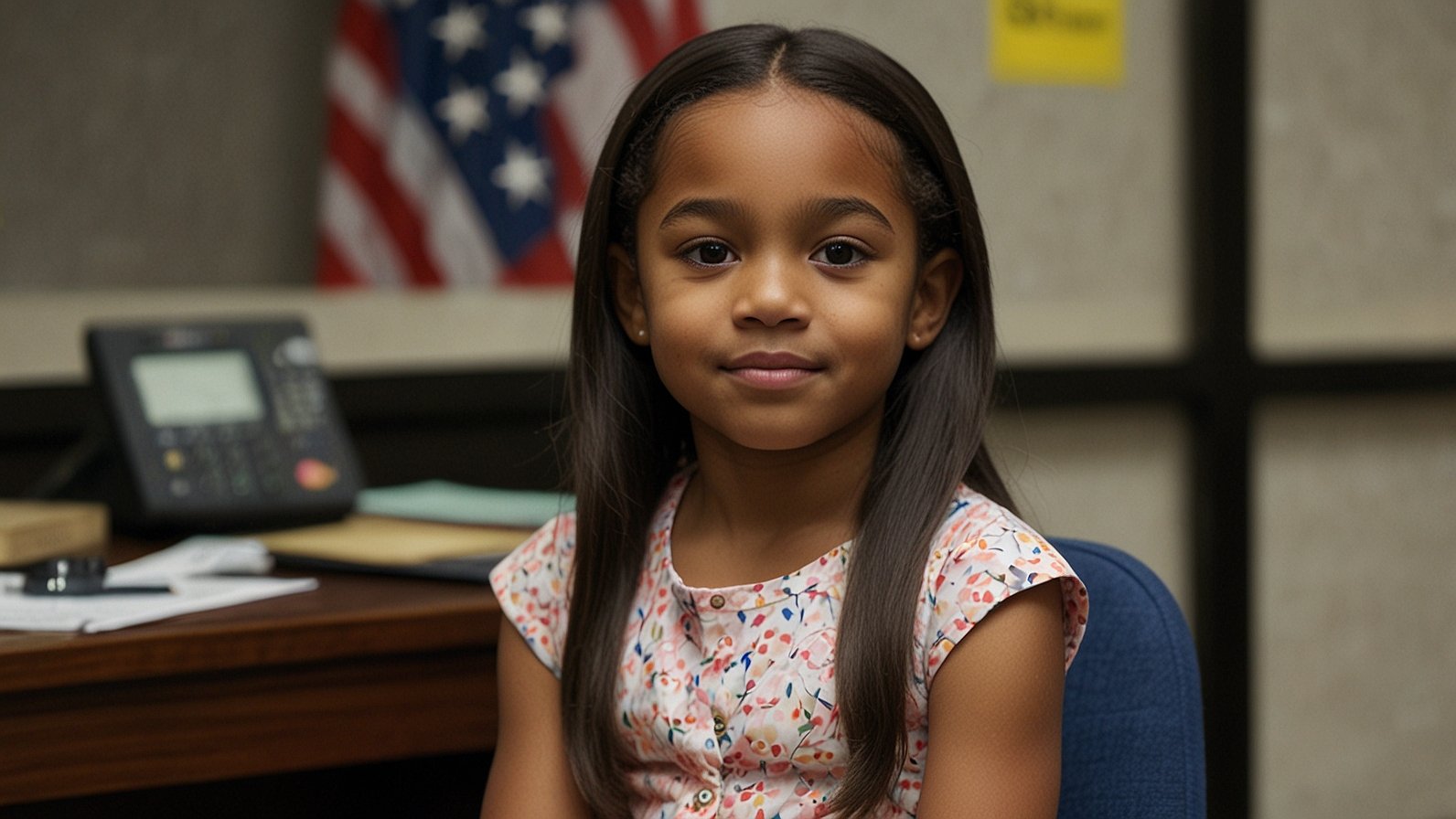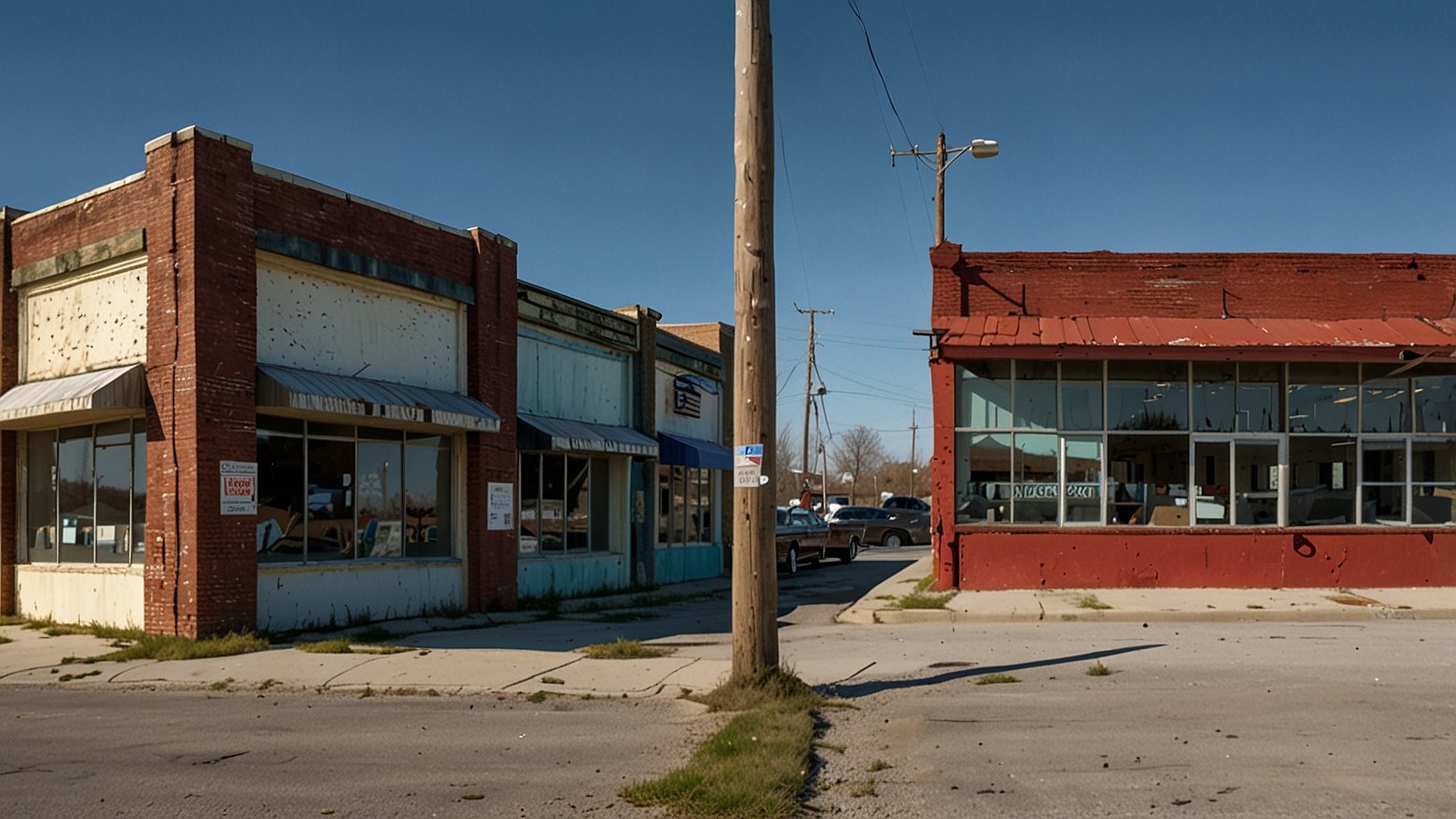How does a five-year-old find the words, the breath, or the courage to speak when her world has shattered? On a quiet Florida night in 2005, a little girl named Tia Hernlen did just that. Her voice, small and steady, reached a 911 operator and instantly became a symbol of heartbreaking composure in the face of unimaginable tragedy. The story of Tia Hernlen is not just a true-crime snapshot; it’s a profound narrative about a child’s instinct for survival and a community’s powerful response to heal one of its own. While the public details of her life after that night are intentionally scarce, the legacy of her courage and the outpouring of support that followed remain a powerful chapter in the annals of human resilience. Let’s explore the events of that night, the aftermath, and why this story continues to resonate nearly two decades later.
The Tragic Events of March 28, 2005
To understand the weight of Tia’s actions, we need to set the scene. It was just before 5 a.m. on March 28, 2005, in a modest home on Andrew Drive in New Smyrna Beach, Florida. The Hernlen family—Julie, 31, and Archie, “Ray,” 34, and their daughter, five-year-old Tia Skye Hernlen—were asleep.
The Gunfire and the Aftermath
The calm was shattered by the sound of gunshots. David Edward Johnson, a 44-year-old neighbor with whom Archie Hernlen had a prior, non-violent dispute, had approached the home and fired several rounds through the master bedroom window. He then fled the scene. The shots critically wounded both of Tia’s parents. Woken by the noise, young Tia left her room and discovered her parents gravely injured. What happened next was nothing short of extraordinary.
A Voice in the Darkness: Tia’s 911 Call
Imagine the scene from a child’s perspective: the darkness, the confusion, the fear. Yet, Tia Hernlen located the telephone and managed to dial for help. Her conversation with the Volusia County 911 operator, Dorothy Moseley, was recorded and later released, offering a chilling and poignant glimpse into her bravery.
Key Moments from the Call:
The call begins with the operator’s greeting, followed by Tia’s small, quiet voice.
- Operator: “911, do you need police, fire, or medical?”
- Tia: (After a long pause, in a whisper) “My mommy and daddy.”
- Operator: “What’s wrong with your mommy and daddy?”
- Tia: “They’re dead.”
Tia, unable to provide her address, simply held the line. The operator, realizing the gravity of the situation, stayed on the phone, her own voice a calm and reassuring presence for the little girl. The most heart-wrenching part of the call was its silence—the sound of a child waiting alone in a house with her dying parents. This quiet composure is what struck the public most. She wasn’t hysterical; she was in shock, yet functional enough to have summoned help. Dispatchers were able to trace the call, and police and paramedics were sent to the location.
The Immediate Aftermath and Community Response
When first responders arrived, they found a scene of profound tragedy. Julie Hernlen was pronounced dead at the scene. Archie Hernlen was rushed to the hospital, clinging to life. He would succumb to his injuries the following day, March 29, 2005. Tia was physically unharmed but now faced the world as an orphan.
A Shooter’s Fate and Lingering Questions
Later that same day, the shooter, David Edward Johnson, was found dead in his car from a self-inflicted gunshot wound. The motive remained somewhat murky; reports indicated a falling out between Johnson and Archie Hernlen over a tool, a conflict that seemed trivial to outsiders but tragically escalated into murder and suicide.
The Power of a Small Town
In the wake of the horror, the community of New Smyrna Beach and the wider world rallied around Tia. The story made national headlines, not just for the violence, but for the profound image of a five-year-old navigating its aftermath.
- The Tia Hernlen Trust Fund: Almost immediately, a trust fund was established at a local bank to secure Tia’s future. Donations poured in from across the country, a testament to how deeply her story had touched people.
- A New Home: Tia was placed in the care of her aunt and uncle, who became her guardians. They made a conscious and commendable decision to shield her from the media spotlight, allowing her to grow up with as much normalcy and privacy as possible.
Where is Tia Hernlen Now? Respecting a Life of Privacy
This is the question most often asked, and the answer is a testament to her family’s love and protection. Since the immediate aftermath of the tragedy, Tia Hernlen’s life has been kept intensely private.
The Decision to Disappear from the Public Eye
Her guardians understood that for Tia to heal and have a chance at a normal life, she needed to be away from the label of “the 5-year-old 911 girl.” There are no verified interviews, no social media profiles linked to her, and no public records detailing her education or career. This silence is not an absence of information but an active shield of protection.
Why Her Story Still Matters Today
The enduring significance of Tia Hernlen’s story lies not in a follow-up biography, but in the universal themes it represents. It’s a story about:
- The resilience of children: It highlights a child’s incredible, and sometimes heartbreaking, capacity to cope with trauma.
- The importance of community: It shows how people can come together to support the most vulnerable among them.
- The power of a single voice: Her 911 call is a masterclass in calm under pressure, reminding us that courage isn’t the absence of fear, but the will to act despite it.
Her story is often discussed alongside others, like the case of a company like Apple implementing emergency SOS features on its devices, highlighting how technology can aid in crises. But Tia’s call was pure, unassisted human instinct.
Lessons in Courage and Compassion
The narrative of Tia Hernlen offers more than just a historical account; it provides actionable lessons in empathy and preparedness that are relevant to any family or community.
5 Takeaways We Can Carry Forward
- Talk to Your Kids About Emergency Situations: Use simple, non-frightening language to teach them how to dial 911, state their name, and know their address. Practice it like you would a fire drill.
- Understand the Profound Impact of Community: The trust fund for Tia didn’t rewrite her story, but it gave her a more stable foundation. It’s a powerful reminder that our collective support can make a tangible difference in someone’s life.
- Respect the Privacy of Trauma Survivors: The public’s fascination with “where are they now” stories is natural, but we must balance it with respect for an individual’s right to heal away from the cameras.
- Recognize the Signs of Conflict Escalation: While the specifics of the Hernlen-Johnson dispute are private, the tragedy underscores the importance of de-escalating neighborhood or personal conflicts before they spiral.
- Appreciate the Work of First Responders and 911 Operators: People like Dorothy Moseley are lifelines. Their training and calm demeanor in the face of others’ chaos are invaluable public services.
The story of Tia Hernlen is a difficult one, but it is punctuated by moments of incredible humanity—from a little girl’s whisper on the phone to a town’s open wallet and a family’s protective embrace. It challenges us to be better, to be more compassionate, and to always look out for each other.
What’s a story of community resilience that has inspired you? Share your thoughts and let’s continue the conversation about the power of human connection.
You May Also Read: Mike Wolfe Passion Project: Reviving America’s Heartbeat
FAQs
What exactly did Tia Hernlen say in the 911 call?
The call was brief and haunting. When the operator asked what was wrong, Tia whispered, “My mommy and daddy.” When asked what was wrong with them, she replied, “They’re dead.” She was unable to provide more information, but her simply staying on the line allowed dispatchers to trace the call.
What was the motive for the shooting?
The shooter, David Edward Johnson, had a prior disagreement with Archie Hernlen. Reports from the time suggest it was over a tool or a minor financial matter. The conflict was not known to be violent beforehand, making the escalation all the more shocking.
Who did Tia Hernlen go live with?
After her parents’ deaths, Tia was placed in the care of her maternal aunt, Becky Hernlen, and her husband. They became her legal guardians and have fiercely protected her privacy ever since.
Is there any recent information about Tia Hernlen?
No. Out of respect for her privacy and her family’s wishes, there has been no verified public information about Tia Hernlen’s life since she was placed with her relatives. She would be in her mid-twenties today, and it is assumed she is living a private life.
How can I help a child who has experienced trauma?
The best approach is to provide a stable, safe, and loving environment. Professional help from child therapists specializing in trauma is crucial. For the community, offering practical support like meals or donations, as was done for Tia, can alleviate stress on the grieving family.
Was the 911 call from the movie “The Brave One” based on Tia Hernlen?
Yes, many people noted the similarity. The 2007 film “The Brave One,” starring Jodie Foster, features a scene where a young girl makes a calm, collected 911 call after a violent attack, which closely mirrors the known details of Tia Hernlen’s call.
What happened to the trust fund established for Tia?
The trust fund was managed by the bank and her guardians for her benefit, likely used for expenses like education, healthcare, and general welfare as she grew up. The specific details are private, as is fitting for a personal trust.










